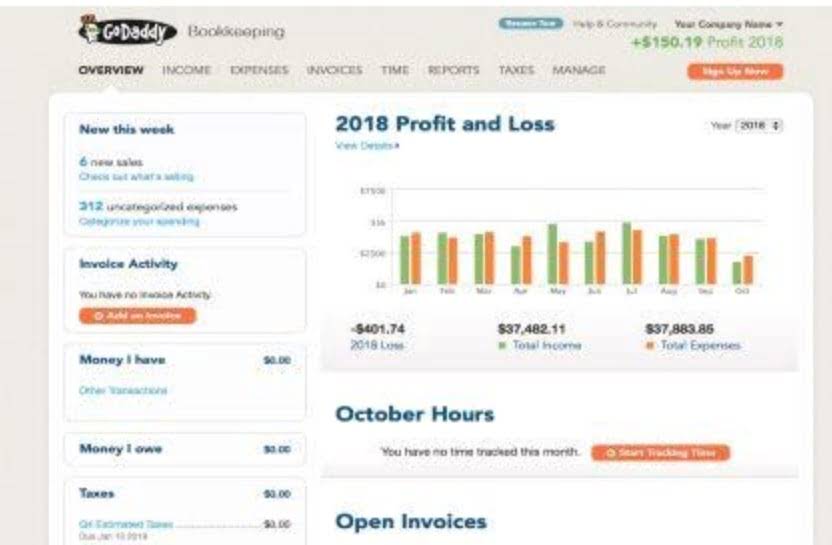It usually triggers the purchase of a predetermined amount of replenishment inventory. If the purchasing process and supplier fulfillment work as planned, the reorder point should result in the replenishment inventory arriving just as the last of the on-hand inventory is used up. The result is no interruption in production and fulfillment activities, while minimizing the total amount of inventory on hand. The trend is clearly toward more shared information, or what businesspeople refer to as supply chain visibility. Balancing these competing requirements leads to optimal inventory levels, which is an on-going process as the business needs to react to the wider environment. Optimal inventory levels are those that maximize profit from sales, while minimizing cost from storage, shipping, and working capital deployment.
Design of Optimal Quantity discount Schedules
To figure out your lead time demand, you’ll first need to calculate the average number of product sales your business sees per day. Then you multiply that by your supplier’s average lead time (a.k.a. the average amount of time between when you place your purchase order and when the order’s actually fulfilled). At the same time, you’re minimising the inventory in stock and maintaining which one of these would not be a factor in determining the reorder point? good cash flow. When you reach the reorder point, although your inventory is low, you have enough inventory on hand to meet your customer demand while your supplier fills and delivers your new order. Dell’s inventory and production system allows customers to get their computers built exactly to their specifications, a production process that’s called mass customization.
Boundless: Business “Chapter 16, Section 4, Part 2: Inventory Management”
When you place the order, it also affects the lead time (compare orders during a busy and slow season). There are different ways to calculate this, but a three-month average is a good start. Safety stock is the amount of inventory a business holds to mitigate the risk of shortages or stockouts. The safety stock calculation is the difference between the maximum daily sales/usage and lead time, and the average daily usage and lead time.

The reorder point formula in action
A product’s lead time is the amount of time it takes for a customer to receive a good or service once it’s been ordered. Lead times also have to be taken into account when a company is forecasting demand. The best marketing decisions and supplier selections aren’t enough if your company’s demand forecasts are wrong. Demand forecasting is the process of estimating how much of a good or service a customer will buy from you. Demand forecasting is part of a company’s overall inventory control activities.
It ensures that your business operates with optimal efficiency, keeping your supply chain smooth and responsive to market demands. Suppose you sell an average of 50 bags of coffee beans per day, and your supplier takes five days to deliver an order. Safety stock is extra inventory to prevent stock outs in case of unexpected demand or supply chain delays. Many business owners and managers view ROP as a somewhat mystical figure, hard to pinpoint accurately, potentially leading to either overstocking or understocking.

- It’s a balancing act between holding enough stock to meet customer demands and not tying up too much capital in inventory.
- Many business owners and managers view ROP as a somewhat mystical figure, hard to pinpoint accurately, potentially leading to either overstocking or understocking.
- One common method for calculating the reorder quantity is to use the Economic Order Quantity (EOQ) formula.
- This ambiguity arises from the challenges in accurately predicting market demand and supply chain inconsistencies.
- The best marketing decisions and supplier selections aren’t enough if your company’s demand forecasts are wrong.
You can use a free reorder point calculator or manually use the reorder formula to replenish inventory and meet customer demand with finesse. About 35% of consumers will cancel their order if the delivery time is too long. Not ensuring a safe stock level and ineffective inventory management can cause delayed deliveries and not aligning with the promised ETAs.
Let’s say the highest number of baseball bats sold by your store is 4. And let’s also say that the longest your store has waited for a new order of bats to arrive is 60 days. You’ve already calculated that your average lead time demand is 140, so you’d need to keep a safety stock of 240 bats on hand—just in case the worst should happen and your reorder shipment is delayed. To accurately calculate reorder points, you’ll need strong sales volume records and trends over a certain period. As you build this body of data, you can improve forecasting to meet customer demand better.

See advice specific to your business

Calculate your reorder points and have a clear idea of purchasing trends over a specific time. The more you calculate ROP for an individual product, the more accurately you can forecast product demand in the future. Imagine you are a marketing manager who has done everything in your power to help develop and promote a product—and it’s selling well. But now your company is running short of the product because the demand forecasts for it were too low.

- The reorder point should be disabled as soon as a business cancels production of the final product of which the inventory item is a part.
- Learn how to get barcodes for your products including a step-by-step guide and advantages to implementing a barcode system.
- By knowing exactly when to reorder, you can avoid the frustrations and lost sales that come with running out of stock.
- Safety stock is the extra inventory that a company keeps on hand to avoid stock outs.
- This figure represents how many units of this product you sell each day, on average.
- By accurately predicting when stock needs replenishing, businesses can maintain efficient operations, meet customer demand consistently, and manage storage costs effectively.
Determine reorder points for all of the items in your inventory by taking their daily sales rates, delivery lead times, and safety stock requirements into consideration. Your retail inventory management system will let you know when it’s time to reorder inventory – and may even be able to do it for you. To calculate your safety stock, start by figuring out the maximum number of products you could sell in a single day across all your sales channels. Then multiply that by the maximum number of days in your supplier’s lead time. Then, subtract your lead time demand (which is average daily sales multiplied by average lead time). By the end of this post, you should feel the weighty importance of reorder points.
By doing so, the company can prevent stockouts and avoid dipping into safety stock while they wait for new stock to arrive. By reordering a predetermined amount of replenishment inventory according to demand forecasts, you can avoid sunk costs from inventory shrinkage and obsolescence. Regularly calculating reorder points removes the mystery from inventory cost control and helps your business maintain optimal service levels. Businesses with a limited number of products can start with excel spreadsheets and format cells to turn red when inventory levels reach the reorder point.
